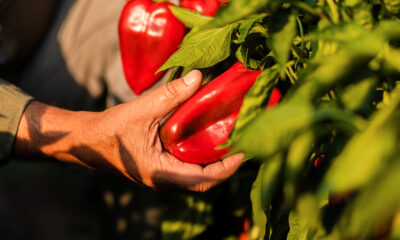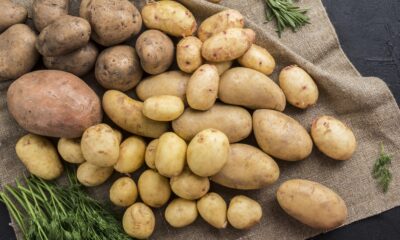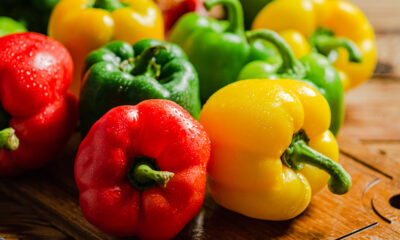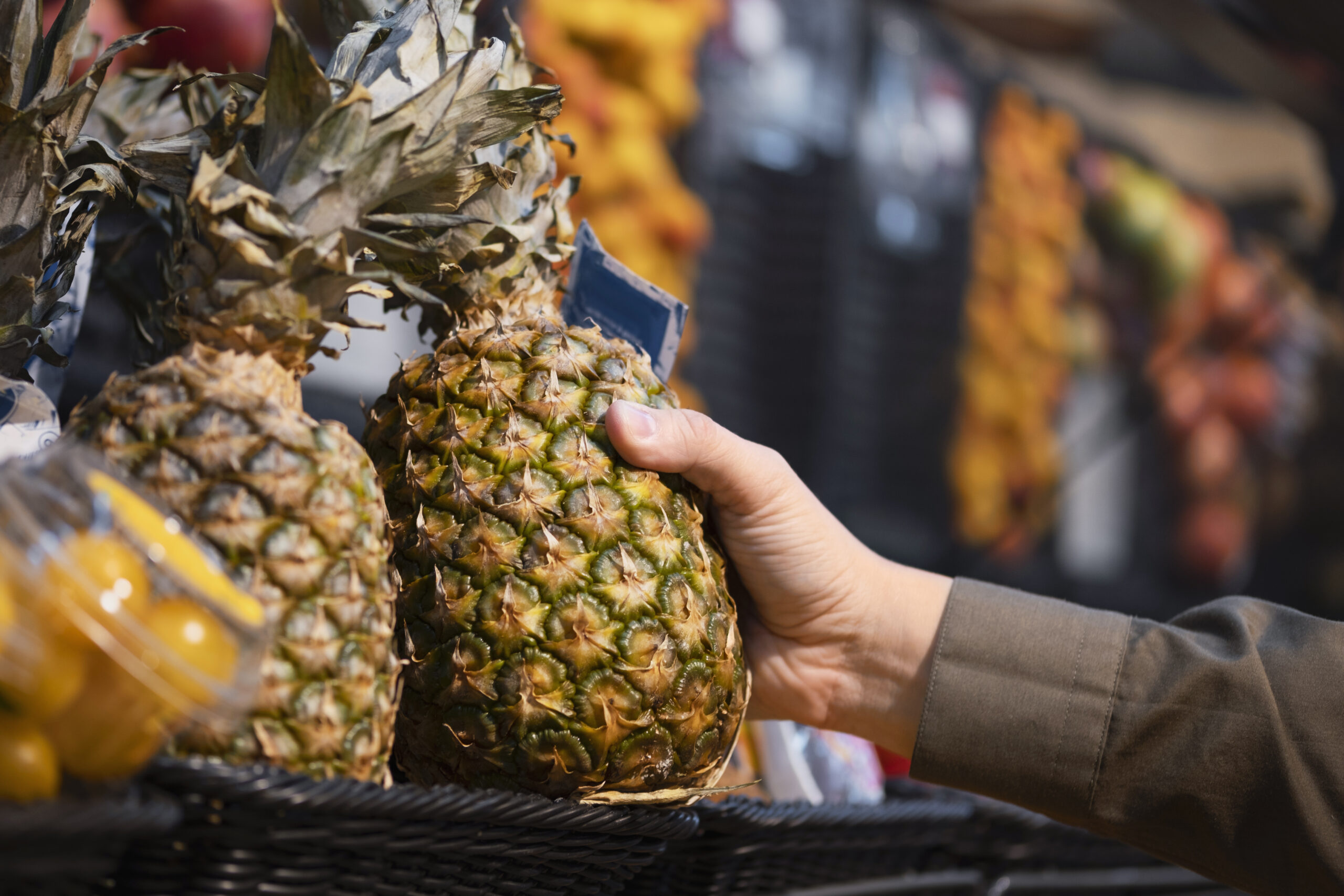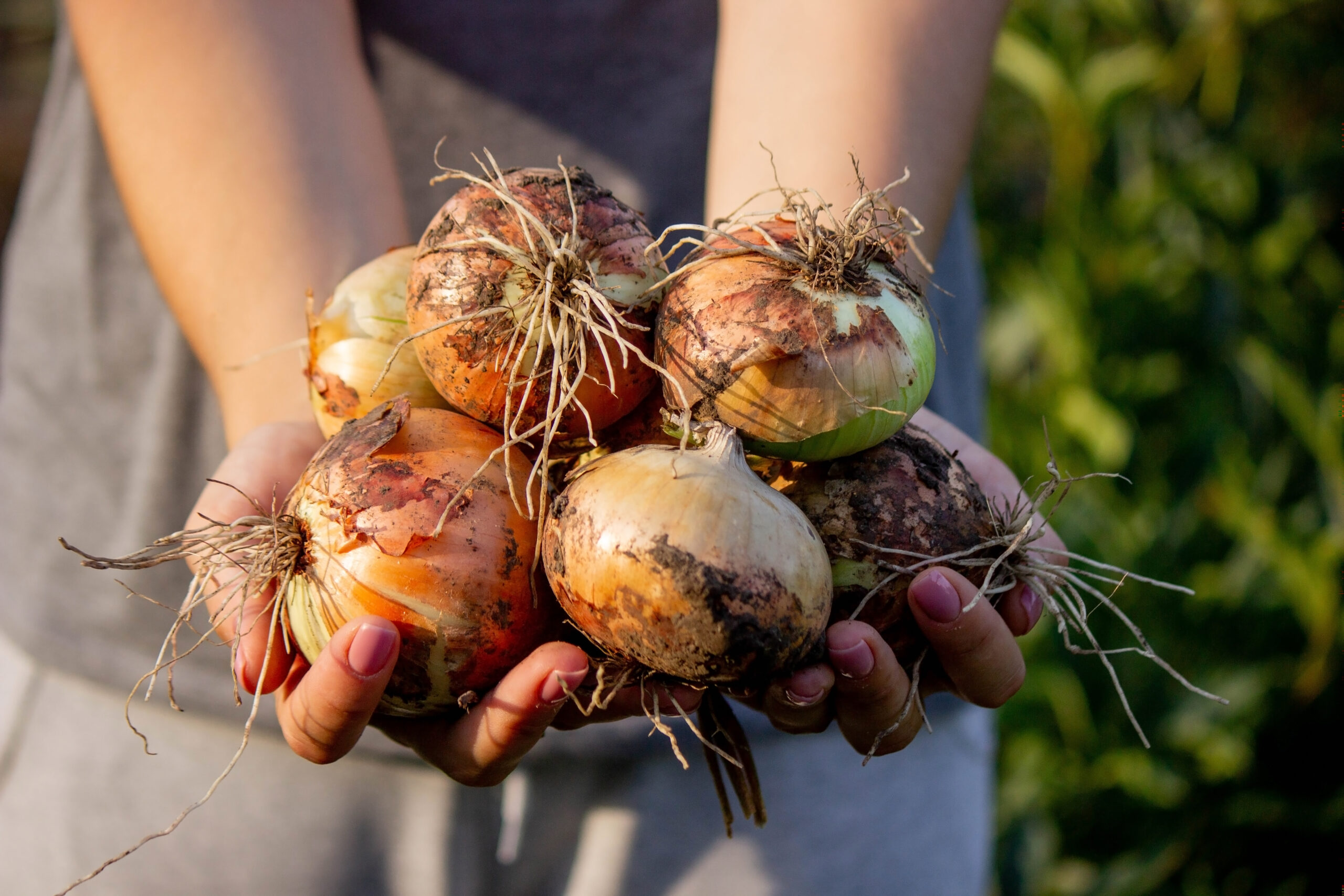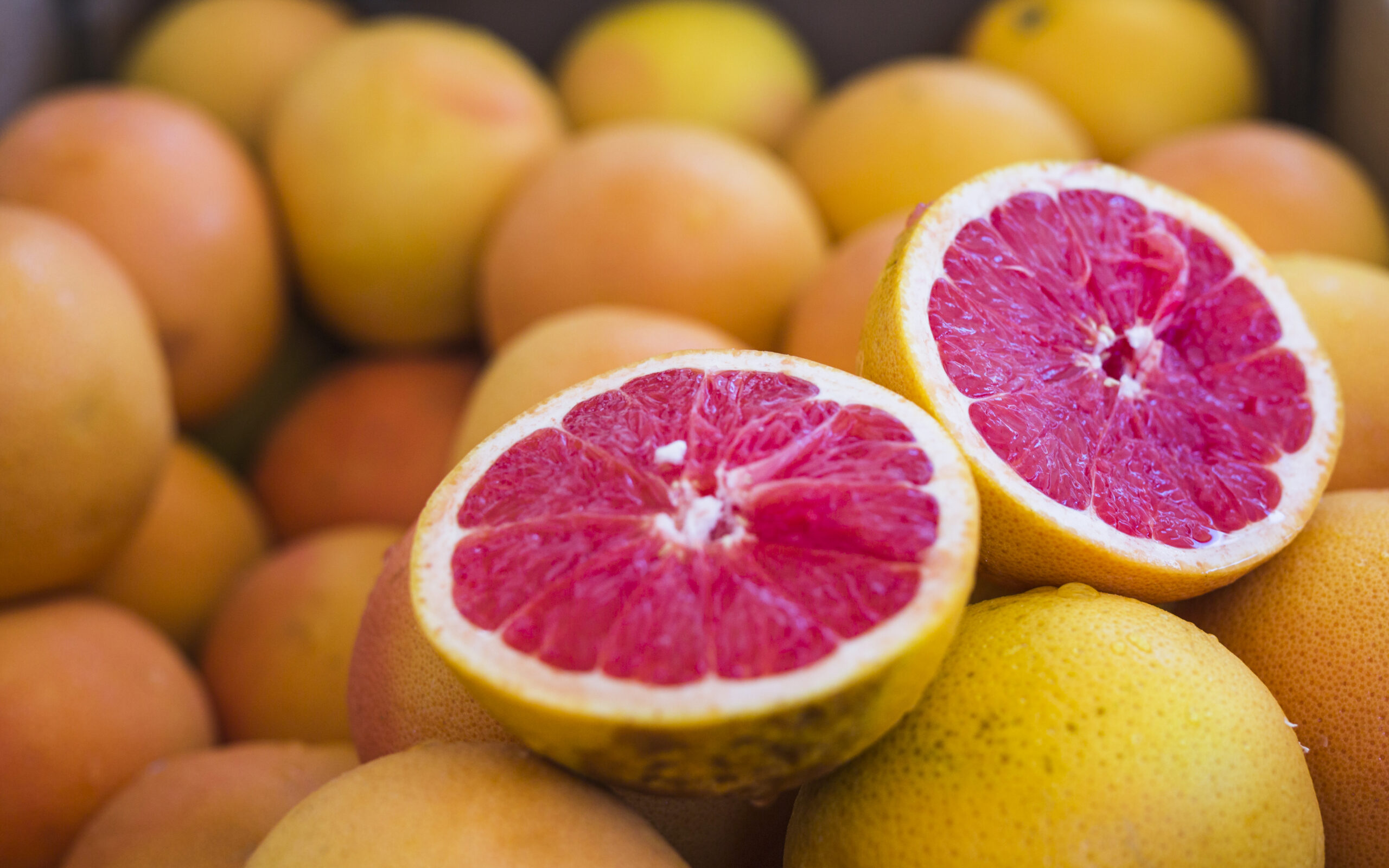Introduction
The European pepper market has recently experienced a notable shift, with Spain and the Netherlands witnessing a decline in their pepper production and market share. Peppers, a staple in European cuisine, play a crucial role in the continent’s culinary landscape, making fluctuations in their production and distribution significant.
In Spain, traditionally one of the leading contributors to the European pepper market, a decline has been observed in recent times. Factors such as adverse weather conditions, changes in agricultural practices, or economic challenges may be influencing this downturn. The repercussions of this decline are felt not only within Spain but also resonate across the broader European market, impacting supply chains and pricing dynamics.
Similarly, the Netherlands, known for its advanced greenhouse farming techniques and efficient agricultural practices, has also reported a dip in its pepper market. The reasons behind this decline could range from shifting consumer preferences to global economic factors affecting export demands.
As these two key players experience a downturn, it raises questions about the overall stability and dynamics of the European pepper market. Stakeholders, including farmers, distributors, and consumers, are likely to be impacted by these shifts, prompting a closer examination of the factors contributing to the decline in Spain and the Netherlands and potential implications for the broader European market.
European Pepper Market
The European pepper market is a dynamic and integral component of the continent’s agricultural landscape. Peppers, encompassing a variety of types such as bell peppers, chili peppers, and sweet peppers, are widely consumed across Europe and hold a significant place in local cuisines.
Spain has traditionally been a major contributor to the European pepper market, leveraging its favorable climate and extensive agricultural expertise. The country has been a key supplier of peppers, meeting both domestic demand and contributing to exports throughout the European Union. However, recent challenges, possibly including adverse weather conditions or shifts in agricultural practices, have led to a decline in Spain’s pepper production.
The Netherlands, renowned for its advanced agricultural techniques and greenhouse farming, has also played a crucial role in the European pepper market. The country’s efficient practices have contributed to a steady supply of high-quality peppers. Nonetheless, a reported decline in the Dutch pepper market raises questions about the sustainability and resilience of the overall European pepper industry.
This evolving landscape prompts stakeholders, ranging from farmers to distributors and consumers, to closely monitor market dynamics. The interplay of factors influencing the European pepper market underscores the need for adaptability and strategic planning within the industry to ensure a stable and resilient supply chain for this essential culinary ingredient.
Spain and Netherlands Market Share in the European Pepper Market
During the initial nine months of 2023, Spain and the Netherlands witnessed a decline in their market shares within the European pepper market, as indicated by a report. Spain, the leading supplier, experienced a reduction in pepper sales to the EU, amounting to 357.46 million kilograms, reflecting an 18.73% decrease compared to the same period in 2019. However, the value of Spanish sales saw a substantial increase of 28.91%, reaching 891.46 million euros, attributed to a surge in the average price per kilogram from €1.57 in 2019 to €2.49 in 2023.
The Netherlands, the second-largest supplier, sold 192.54 million kilograms of peppers to the EU, marking a 10.01% decline. The total value of Dutch sales reached 461.66 million euros, with an average price of 2.40 euros per kilogram. This market shift coincided with Morocco and Turkey gaining traction as major players, with Morocco ranking third and Turkey fourth in pepper supply to the EU, experiencing notable increases in both quantity and value of sales during the same period.
European Pepper Industry Trends
The European pepper industry displayed notable trends during the first nine months of 2023, as outlined in a report. One prominent trend was the decline in market share for Spain and the Netherlands, the traditionally dominant players. Spain, while experiencing an 18.73% reduction in pepper quantity sold to the EU, witnessed a significant increase in the value of sales, driven by a noteworthy surge in the average price per kilogram.
Contrastingly, the Netherlands faced a 10.01% decline in pepper sales, signaling a shift in market dynamics. This decline coincided with a surge in market share for Morocco and Turkey, emerging as the third and fourth-largest suppliers, respectively. Morocco demonstrated a substantial increase in both quantity (32.51%) and value of sales, securing its position as a major contributor to the European pepper market. Similarly, Turkey experienced remarkable growth in both sales’ quantity (68.17%) and value, showcasing its expanding influence.
These trends highlight a changing landscape in the European pepper industry, with emerging suppliers gaining ground, possibly influenced by factors such as production dynamics, pricing strategies, or shifts in consumer preferences. The market’s resilience and adaptability to these shifts will likely be crucial for industry participants navigating the evolving dynamics.
Conclusion
In conclusion, the European pepper market witnessed significant shifts during the first nine months of 2023. Spain and the Netherlands, traditionally dominant players, experienced declines in market share, while Morocco and Turkey emerged as notable contributors. Spain’s strategic focus on higher-value sales, despite a decrease in quantity, contributed to an overall increase in the value of its pepper exports. The Netherlands, on the other hand, faced a reduction in both quantity and market share.
Morocco and Turkey showcased substantial growth in pepper sales, with increased quantities and values, solidifying their positions as key suppliers to the European market. These trends suggest a dynamic and evolving landscape influenced by factors such as production dynamics, pricing strategies, and changing consumer preferences.
As the industry adapts to these shifts, stakeholders will need to closely monitor emerging trends and strategically position themselves to capitalize on new opportunities. The resilience and flexibility of market participants will be crucial in navigating the evolving dynamics of the European pepper industry in the coming months.
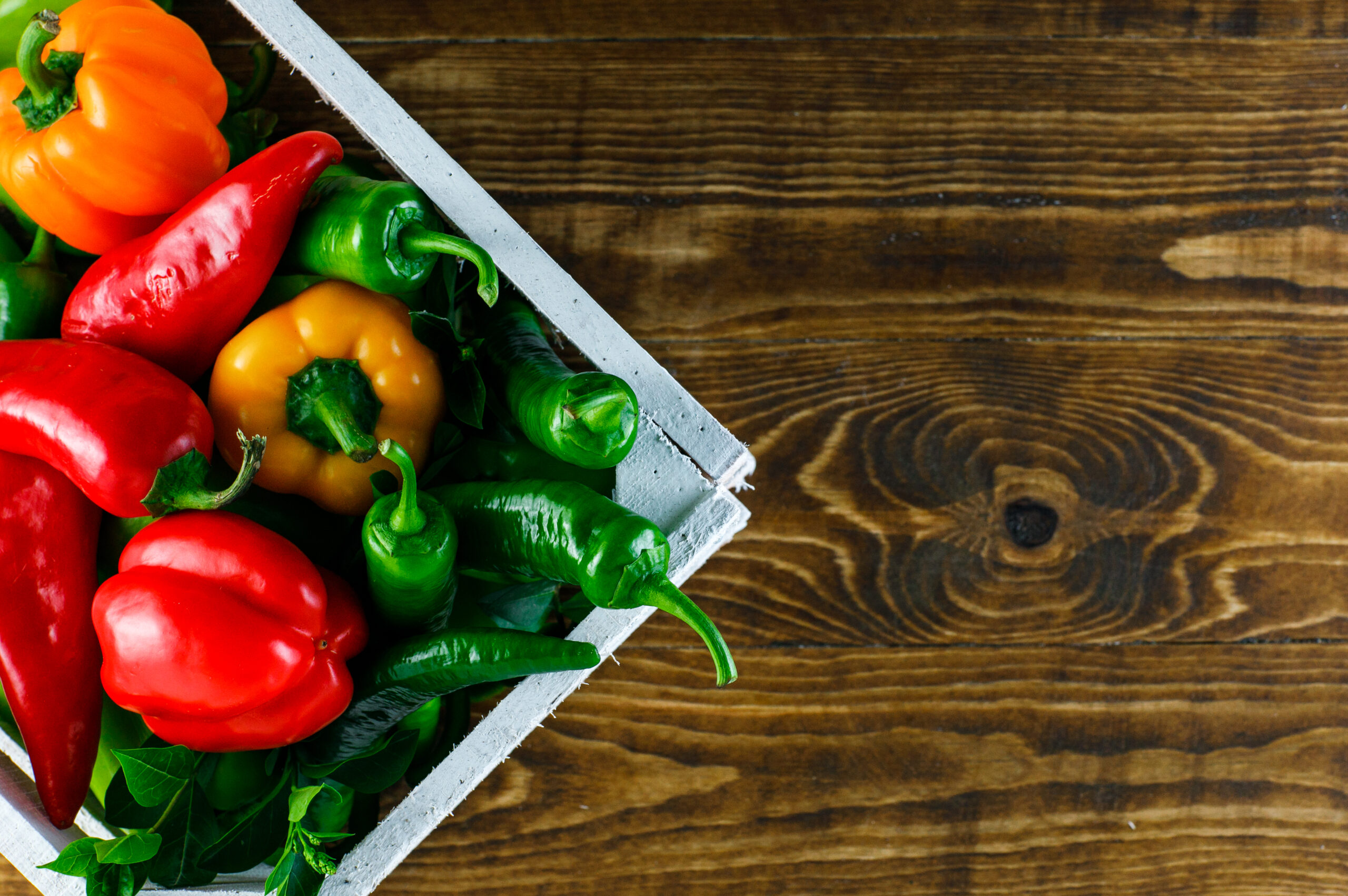

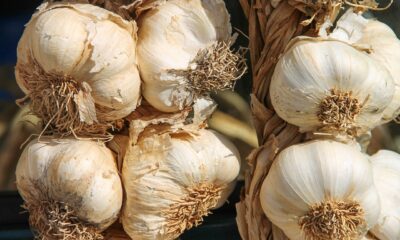

 Environmental Sustainability1 year ago
Environmental Sustainability1 year ago


 Agriculture, Transportation & Logistics7 months ago
Agriculture, Transportation & Logistics7 months ago


 Agriculture, Transportation & Logistics1 year ago
Agriculture, Transportation & Logistics1 year ago


 Food Safety & Quality Control7 months ago
Food Safety & Quality Control7 months ago
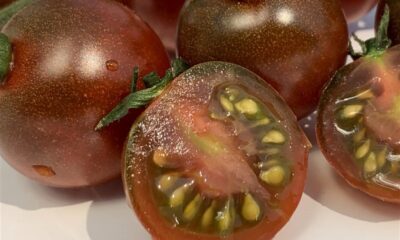

 Food Safety & Quality Control1 year ago
Food Safety & Quality Control1 year ago


 Food Safety & Quality Control1 year ago
Food Safety & Quality Control1 year ago


 Agriculture, Transportation & Logistics12 months ago
Agriculture, Transportation & Logistics12 months ago


 International Trade & Commerce1 year ago
International Trade & Commerce1 year ago
